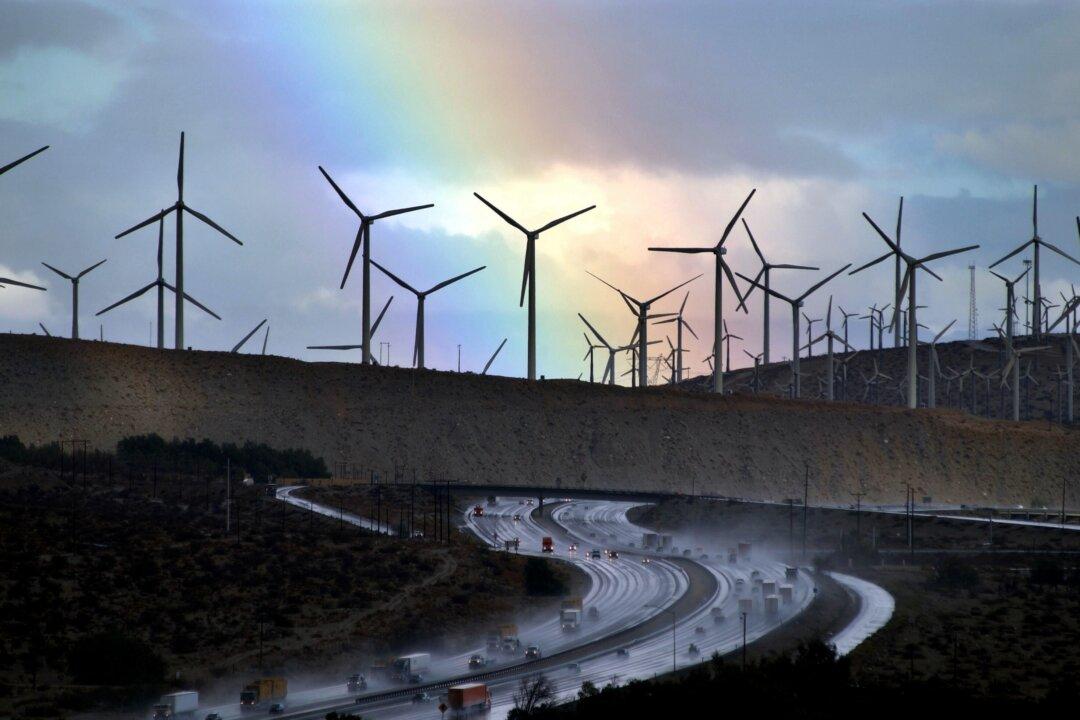Windmill farms are wreaking havoc on wildlife and people who live near them, causing a growing division among environmentalists about them.
That’s the view of Ben Lieberman, senior fellow of the Competitive Enterprise Institute, who recently told The Epoch Times that the federal government allows wind farms to desecrate the environment because it profits hugely from them and uses them as an excuse not to tap into domestic oil reserves.




